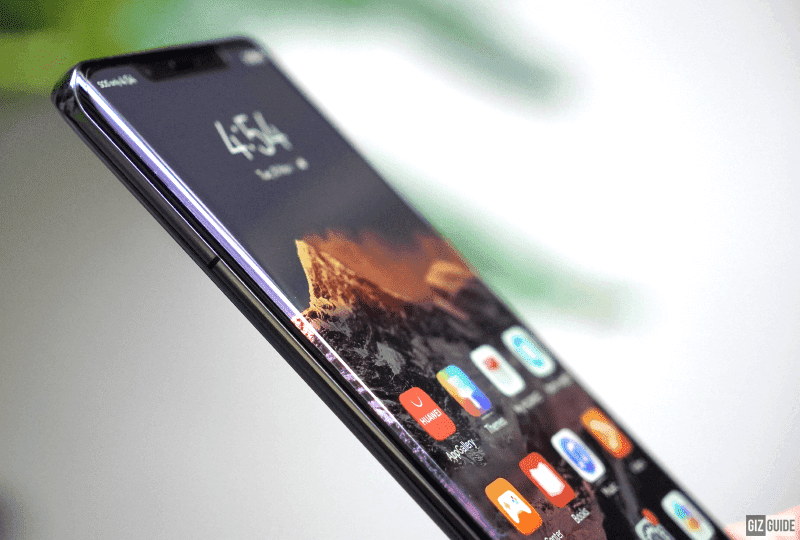.gif)
HUAWEI Mate 50 Pro is protected by the tough Kunlun Glass. It can withstand up to 32 kg of pressure. How does it work? Read on!  |
| Check out the tech behind HUAWEI's Kunlun Glass! |
How does HUAWEI's Kunlun Glass work?
 |
| Kunlun Glass increased the Mate 50 Pro's drop resistance 10x! |
In keeping with its history of releasing the HUAWEI Mate Series, which ushers in generational leaps in cutting-edge innovation and technology, HUAWEI engineers took on the challenge of addressing this problem in order to produce the Kunlun Glass and a virtually "unbreakable screen".
The majority of glass panels used in the industry are chemically toughened at the glass surface, which can only partially withstand the effects of outside forces. In a high-temperature salt bath environment, this is accomplished by replacing the bigger ions on the glass surface with smaller ones to form a strengthening layer. The structural strength of glass has a limit though and once external forces reach a certain point, the reinforcing layer will be harmed, leading to interior fissures that eventually break the glass. A standard glass panel's reinforcing layer currently measures roughly 150 um thick, and only a bigger strengthening layer may reinforce it further.
HUAWEI engineers took inspiration from the characteristics of reinforced concrete constructions because adding additional layers was not an option. After adding a reinforcing layer, the load-bearing walls of conventional buildings are able to maintain a stable structure even if the surface is damaged.
When it came to mobile phones, HUAWEI used a sophisticated method of increasing the glass's resistance to drops by injecting a significant amount of nanocrystals to create a thick supporting framework. The majority of exterior walls of buildings are constructed with traditional glass ceramics. Since mobile phones demand glass panels with ultra-high light transmittance, even though the strength of glass ceramics is superior to existing glass due to the latter's requirement, it does not match this criterion.
In order to create the optimal smartphone screen, HUAWEI then made the decision to collaborate with businesses that specialize in glass. After 4 years of research, the company made a breakthrough in the manufacturing of basic glass by adding a particular metal oxide, such as nanocrystals, using 24-hour high-temperature nanocrystal growth, 108-step micro-crystalline matrix material processing, and 1600-degree Celsius platinum smelting technology.
Following the high-temperature heat process, the glass matrix's seed crystals are encouraged to grow to the nanometer scale, greatly densifying it and fusing the crystals into the glass. As a result, HUAWEI engineers have created a workable solution to the industry's issue with glass ceramics' inability to match their strength and optics.
Ten quadrillion-level nanocrystals are used in the Kunlun Glass coating to significantly increase the glass's toughness. The strengthening procedure guarantees that the crystal is sufficiently tiny in a compact construction of large size and high density. In addition, it must be merged with the glass to prevent light from diffracting, which would impair the device's ability to transmit light. The phone's drop resistance is increased by 10 times by the Kunlun glass.
The first smartphone to ever receive SGS's 5-star certification for glass drop protection was the HUAWEI Mate 50 Pro with Kunlun Glass.
What do you guys think?

.gif)


.gif)




Post a Comment